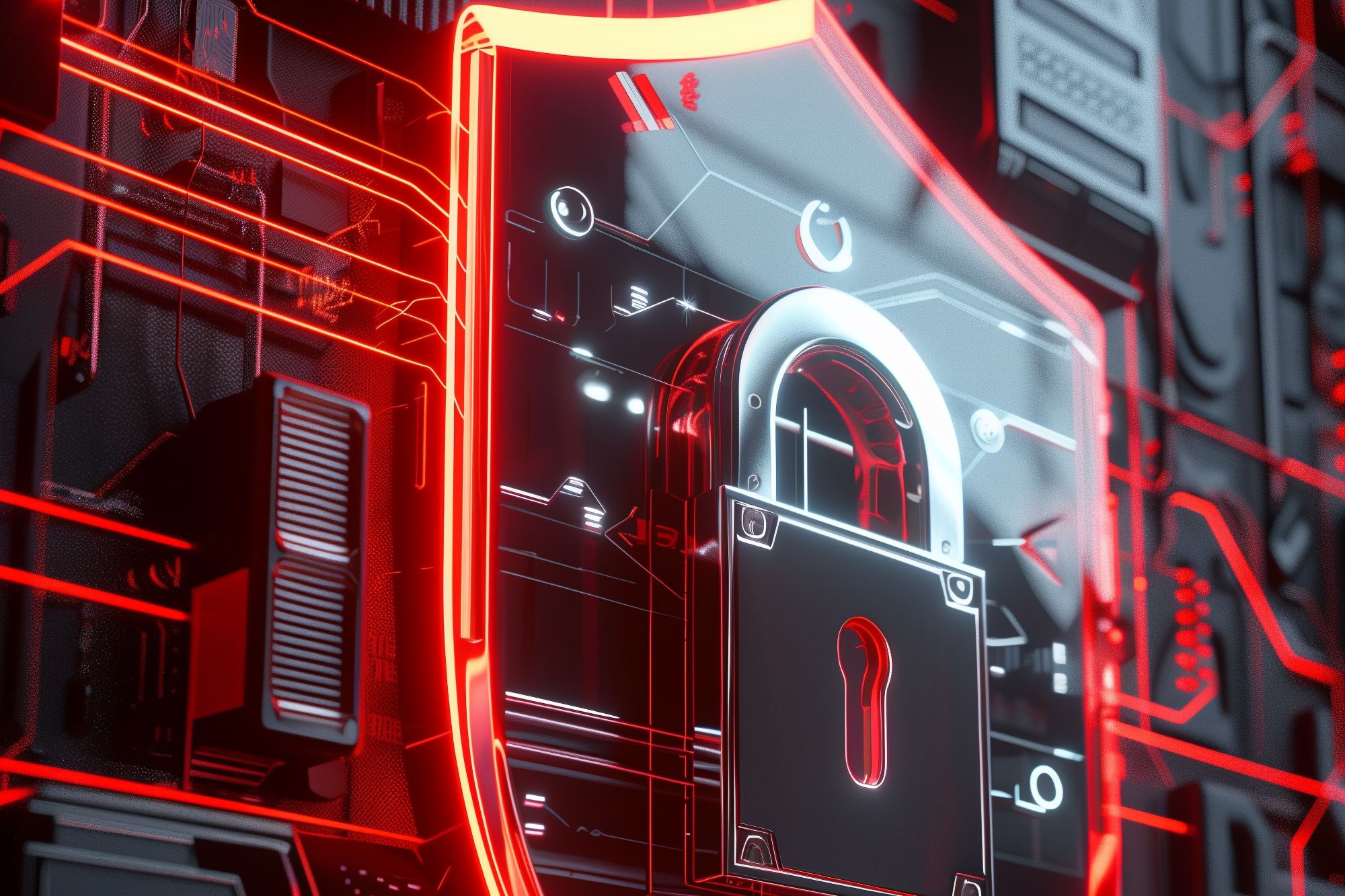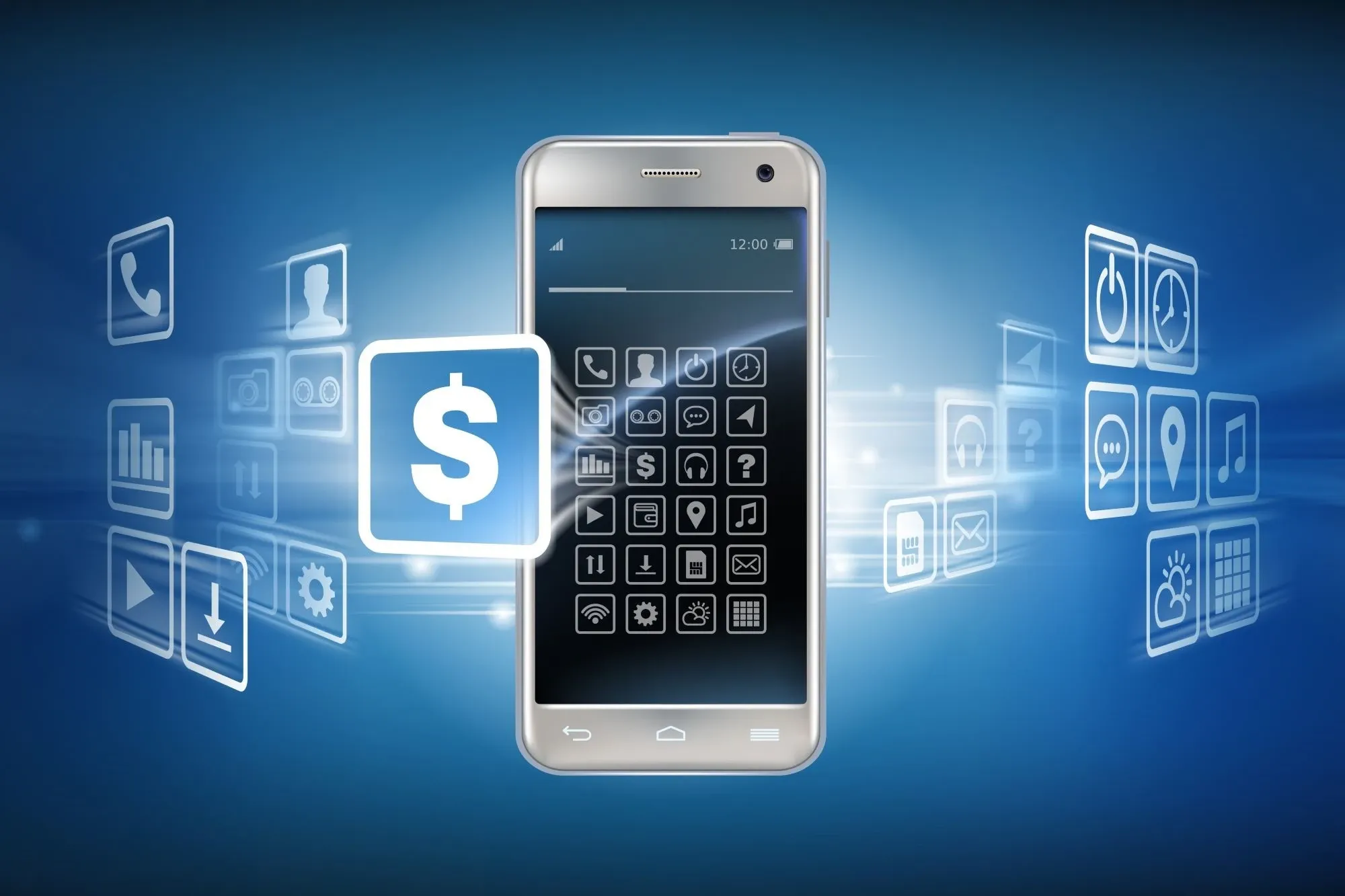As the digital landscape evolves, so does the threat landscape. Cybersecurity has become a critical focus for organizations, governments, and individuals alike. With the increasing reliance on digital platforms, the importance of protecting data and ensuring privacy cannot be overstated. The future of cybersecurity is shaped by rapid technological advancements, the growing sophistication of cyber threats, and the global demand for more robust data protection measures. This article explores the innovations that are set to define the future of cybersecurity, offering insights into how these advancements will help safeguard data and privacy in an increasingly connected world.
The Growing Importance of Cybersecurity
The Digital Transformation Era
The rapid adoption of digital technologies across industries has led to significant improvements in efficiency, communication, and data management. However, this digital transformation has also expanded the attack surface for cybercriminals. As more data is stored and processed online, the potential for data breaches, ransomware attacks, and other cyber threats increases. The need for advanced cybersecurity measures has never been more pressing.
Rising Cyber Threats
Cyber threats are becoming more sophisticated, frequent, and damaging. Hackers are employing advanced techniques such as artificial intelligence (AI) and machine learning (ML) to launch more effective and harder-to-detect attacks. The financial and reputational damage caused by cyber incidents can be devastating, making cybersecurity a top priority for businesses and governments worldwide.
Key Innovations in Cybersecurity
Artificial Intelligence and Machine Learning
AI and ML are revolutionizing cybersecurity by enabling faster detection and response to threats. These technologies can analyze vast amounts of data to identify patterns, predict potential threats, and automate responses.
- AI in Threat Detection: AI algorithms can quickly identify unusual patterns or anomalies that may indicate a cyberattack. This allows for real-time threat detection and can prevent attacks before they cause significant damage.
- Machine Learning in Incident Response: ML models can learn from previous incidents, improving their ability to respond to new threats. This adaptive learning process enhances the overall effectiveness of cybersecurity defenses.
Quantum Cryptography
Quantum cryptography promises to transform data encryption, making it virtually impossible for hackers to decrypt information without detection. This innovation is particularly important as quantum computing becomes more advanced, potentially rendering current encryption methods obsolete.
- Quantum Key Distribution (QKD): QKD uses quantum mechanics to securely distribute encryption keys between parties. Any attempt to intercept the key would disturb the quantum state, alerting the parties to the presence of an eavesdropper.
- Post-Quantum Cryptography: As quantum computers develop, there is a race to create cryptographic algorithms that can withstand quantum attacks. Post-quantum cryptography aims to protect data in a future where quantum computing is widespread.
Zero Trust Architecture
The Zero Trust model is a security framework that assumes all network traffic, both inside and outside the organization, is potentially hostile. This approach contrasts with traditional perimeter-based security models, which trust internal traffic by default.
- Identity Verification: Zero Trust requires continuous verification of user identities and devices before granting access to resources. This reduces the risk of unauthorized access, even if a hacker breaches the network.
- Micro-Segmentation: By dividing the network into smaller segments, Zero Trust limits the movement of attackers within the network. Each segment operates independently, minimizing the potential damage of a breach.
Blockchain Technology
Blockchain technology offers a decentralized and secure method of storing and verifying data. Its immutable ledger makes it an attractive solution for enhancing cybersecurity. The technology enables secure data sharing between organizations without the need for a central authority, reducing the risk of data tampering and unauthorized access. Additionally, blockchain can be used for identity management by creating secure, decentralized digital identities, which helps prevent identity theft and ensures personal data remains private.
Biometric Security
Biometric authentication is increasingly popular for securing access to devices and systems. By using unique biological characteristics, such as fingerprints, facial recognition, or iris scans, biometric security provides a high level of protection against unauthorized access. Multi-factor authentication (MFA) combines biometric data with other authentication factors, like passwords or tokens, enhancing security and making it harder for attackers to compromise accounts. Behavioral biometrics, an emerging field, uses patterns like typing speed or mouse movements to authenticate users, offering continuous authentication and making it more challenging for attackers to exploit stolen credentials.
| Technology | Description | Benefits |
| Blockchain Technology | Decentralized and secure method for data storage and verification. | Secure data sharing and decentralized digital identities. |
| Biometric Security | Uses unique biological characteristics for authentication. | High protection against unauthorized access and continuous authentication. |
Emerging Trends in Cybersecurity
Cybersecurity Automation
Automation is playing a key role in improving the efficiency and effectiveness of cybersecurity operations. Automated systems can handle routine tasks, such as monitoring and responding to alerts, allowing cybersecurity professionals to focus on more complex issues.
- Security Orchestration, Automation, and Response (SOAR): SOAR platforms integrate various security tools and processes, automating incident response and reducing the time it takes to mitigate threats.
- Automated Threat Intelligence: Automated tools can collect and analyze threat intelligence from multiple sources, providing organizations with real-time insights into potential risks.
Privacy-Enhancing Technologies (PETs)
As data privacy becomes a top concern for consumers and regulators, Privacy-Enhancing Technologies (PETs) are gaining traction. PETs help organizations protect sensitive data while still enabling its use for analysis and decision-making.
- Homomorphic Encryption: This technique allows data to be processed while still encrypted, ensuring that sensitive information remains secure during analysis.
- Differential Privacy: Differential privacy adds noise to data sets to protect individual privacy while still allowing for accurate analysis. This approach is particularly useful in sectors like healthcare and finance, where data privacy is paramount.
Cybersecurity Mesh Architecture (CSMA)
Cybersecurity Mesh Architecture is a modern security approach that provides a flexible, scalable, and modular method of securing digital assets, regardless of their location.
- Decentralized Security: CSMA moves away from a centralized security approach, allowing for better protection of distributed assets in cloud environments.
- Enhanced Scalability: As organizations grow and adopt new technologies, CSMA can easily adapt to secure additional resources without requiring a complete overhaul of existing security infrastructure.
Secure Access Service Edge (SASE)
SASE combines network security functions with wide area networking (WAN) capabilities to deliver a comprehensive security solution that meets the needs of modern, distributed workforces.
- Integrated Security and Networking: SASE integrates security functions, such as firewalls, secure web gateways, and zero-trust access, with WAN capabilities. This reduces complexity and improves the efficiency of security operations.
- Cloud-Native Security: SASE is designed to protect cloud-based applications and data, making it an ideal solution for organizations adopting cloud-first strategies.
Threat Intelligence Sharing
Collaborative threat intelligence sharing is becoming increasingly important as cyber threats grow more sophisticated. By sharing information about emerging threats, organizations can better prepare for and defend against potential attacks.
- Industry-Specific Sharing: Many industries, such as finance and healthcare, have established threat intelligence sharing networks that allow organizations to share information about specific threats relevant to their sector.
- Global Collaboration: International collaborations, such as the Cyber Threat Alliance (CTA), facilitate the sharing of threat intelligence across borders, helping to protect critical infrastructure and businesses worldwide.
The Role of Governments and Regulations
Strengthening Cybersecurity Regulations
Governments around the world are recognizing the need to strengthen cybersecurity regulations to protect critical infrastructure and sensitive data.
- General Data Protection Regulation (GDPR): The GDPR has set a global standard for data privacy, requiring organizations to implement stringent measures to protect personal data.
- The Cybersecurity Act of 2023: This legislation, introduced in the United States, mandates that companies meet specific cybersecurity standards and report any significant breaches to federal authorities.
Public-Private Partnerships
Public-private partnerships are essential for enhancing cybersecurity at a national and global level. By working together, governments and private companies can develop more effective strategies for protecting against cyber threats.
- Information Sharing and Analysis Centers (ISACs): ISACs facilitate the sharing of cybersecurity information between the government and private sector, helping to improve threat detection and response.
- Cybersecurity Awareness Campaigns: Governments are increasingly launching campaigns to raise awareness of cybersecurity best practices among businesses and the general public.
International Cooperation
Cyber threats often transcend national borders, making international cooperation crucial for effective cybersecurity.
- Bilateral Agreements: Countries are forming bilateral agreements to share cybersecurity intelligence and collaborate on cybercrime investigations.
- Global Cybersecurity Initiatives: International organizations, such as the United Nations, are promoting global cybersecurity initiatives to address threats that affect multiple countries.
Cybersecurity in Critical Infrastructure
Protecting Energy and Utilities
The energy and utilities sector is a prime target for cyberattacks, as disruptions can have severe consequences for public safety and economic stability. Advanced threat detection through AI-powered systems can help identify and mitigate attacks on critical infrastructure before they cause significant damage. Resilience planning involves developing and testing incident response plans to ensure energy providers can quickly recover from cyber incidents and maintain service continuity.
Securing the Healthcare Sector
The healthcare sector holds vast amounts of sensitive patient data, making it a lucrative target for cybercriminals. Protecting this data is vital for maintaining patient trust and complying with regulations. Strong encryption and strict access controls prevent unauthorized access to patient records and other sensitive data. Cybersecurity training for healthcare staff on best practices can reduce the risk of human error leading to data breaches.
Safeguarding Financial Institutions
Financial institutions are at the forefront of cybersecurity efforts, as they manage vast amounts of valuable data and assets. Fraud detection systems powered by AI can help identify and prevent fraudulent transactions in real-time. Ensuring that payment systems are secure and resilient against cyberattacks is critical for protecting customers’ financial data.
Defense and National Security
Cybersecurity is a top priority for defense and national security agencies, as cyberattacks can disrupt military operations and compromise sensitive information. Developing and implementing robust cyber defense strategies is essential for protecting national security assets from cyber threats. Collaboration with allied nations to share cybersecurity intelligence and best practices can enhance the overall security of national defense networks.
The Human Element in Cybersecurity
Cybersecurity Training and Awareness
Despite advancements in technology, the human element remains a critical factor in cybersecurity. Proper training and awareness are essential for minimizing the risk of human error leading to security breaches.
- Employee Training Programs: Regular cybersecurity training programs can educate employees on recognizing phishing attempts, avoiding risky behaviors, and following best practices.
- Security Culture: Fostering a strong security culture within organizations encourages employees to prioritize cybersecurity in their daily activities.
Addressing the Cybersecurity Skills Gap
The cybersecurity industry is facing a significant skills gap, with a shortage of qualified professionals to fill critical roles.
- Cybersecurity Education: Investing in cybersecurity education and certification programs can help bridge the skills gap and prepare the next generation of cybersecurity professionals.
- Diversity in Cybersecurity: Encouraging diversity in the cybersecurity workforce can bring new perspectives and innovative solutions to the field.
The Future of Data Privacy
Data Protection by Design
Data protection by design is an approach that integrates privacy and security into the development process of products and services. Privacy by default ensures that products and services have privacy settings enabled by default, protecting users’ personal data without requiring additional actions. Secure development practices involve incorporating security best practices into the development process, reducing the risk of vulnerabilities in products and services.
User-Centric Privacy Controls
As consumers become more aware of data privacy issues, there is a growing demand for user-centric privacy controls that give individuals more control over their personal information. Granular consent options allow users to provide detailed consent for data collection and use, increasing transparency and trust. Data portability enables users to easily transfer their data between service providers, enhancing privacy and fostering competition in the digital marketplace.




